Your electric bike takes you everywhere, but have you ever thanked it by giving it proper maintenance? Here’s how to take care of your ride so it stays in top shape, season after season.
Why maintain your electric bike?
An electric bike is a great investment and an essential companion for tackling powerful and agile trails. However, its electronic components require regular maintenance to ensure longevity and efficiency. Neglecting maintenance can significantly reduce the lifespan of the battery and motor, two key components that determine your e-bike's range and performance.
Whether you’re a casual rider or an off-road enthusiast, adopting proper maintenance habits can maximize your riding enjoyment while protecting your equipment.
So learn how to shield your electric bike from the effects of time, impact, and premature wear for more reliable and longer-lasting adventures.

Basic Cleaning Guidelines
When cleaning your electric bike, it's important to use the right method to protect the electronic components. Incorrect cleaning can damage the battery, motor, and sensors, reducing the bike's range, power, and reliability.
Before starting, you should remove the battery and ensure the power is turned off. This simple precaution will prevent water from entering the circuit and protect the connectors from oxidation. Avoid using a high-pressure washer, as the strong jet can force moisture into the motor or cables, causing irreversible damage.
Once your electric bike is secured, focus on degreasing the drivetrain (chain, cassette, derailleur), which is essential for removing dirt and abrasive residues that accelerate wear.
Next, clean the frame and components using a gentle, non-corrosive cleaner specifically designed for bikes to avoid damaging the surfaces and materials.
Finally, rinse with warm water to prevent limescale marks, then carefully dry each component with a microfiber cloth, paying special attention to hidden areas such as electrical connections.
Battery Maintenance
An electric bike battery is more than just an energy reservoir—it’s a strategic component that directly impacts your riding experience. Its range and lifespan depend on proper maintenance, smart charging practices, appropriate storage, and active monitoring. By following these steps, you can avoid costly repairs and enjoy reliable power, even over hundreds of kilometers.
Proper Battery Charging
You should avoid letting the battery discharge completely to 0% or keeping it at 100% for extended periods. These habits can stress the battery and reduce its long-term capacity. Partial charging is recommended—ideally between 20% and 80%—to maintain the battery’s chemical health.
Best Storage Practices
If you don’t plan to use your electric bike for several weeks, such as during winter storage, avoid storing it with the battery fully charged or completely empty. A charge level between 40% and 60% is ideal to minimize battery degradation.
Store the battery in a dry, mild environment (between 10°C and 20°C), away from direct sunlight, radiators, or uninsulated garages. Repeated exposure to temperatures below 0°C or above 30°C can cause irreversible damage.
👉 For LANKELEISI electric mountain bikes equipped with 48V lithium batteries, it is recommended not to drop below 20% charge in order to preserve cell life. Also, make sure to recharge the battery every two months if not used during the winter.
Handling and Monitoring
A well-maintained battery also requires regular inspection. Check the metal connectors for corrosion, dust, or debris. If needed, gently wipe them with a dry cloth or soft brush. Also, pay attention to its appearance—swelling, cracks, or fluid leakage are warning signs indicating that the battery should be replaced immediately.
It’s a good habit to check the remaining battery life and discharge rate before every ride. A sudden drop in performance may indicate an unbalanced or prematurely aging battery, which may require calibration or professional attention.
Drivetrain Maintenance
The drivetrain is mainly responsible for transferring power from the motor to the rear wheels, and its condition determines smoothness, quietness, and overall efficiency. A poorly maintained chain, worn cassette, or dirty derailleur can reduce battery life, generate unnecessary noise, or even cause chain drops during climbs. To avoid these issues, regular and proper maintenance is essential.
Regular Degreasing to Remove Dirt
Dirt, sand, and greasy residues can act as abrasives and accelerate wear on the chain links and cassette teeth. Use a biodegradable degreaser that’s gentler on the environment and components. Apply the product using a chain brush or cloth.
Pay special attention to critical areas such as derailleur pulleys and chain rollers. Rinse with clean water and dry thoroughly to prevent rust.
Terrain-Appropriate Lubrication
Choosing the right lubricant is key. In dry and dusty environments, use a dry lubricant such as wax or Teflon-based, which is less likely to attract dirt. In contrast, wet lubricant is better suited for rainy or muddy terrain due to its higher washout resistance.
Apply the lubricant to the moving chain and wipe off any excess to avoid dust buildup. Clean and re-lubricate the drivetrain after every muddy ride to remove abrasive particles.
Wear Monitoring
An overly worn chain can damage the cassette and chainrings, leading to higher repair costs. Use a chain wear gauge to measure elongation: if the reading exceeds 0.75%, replace the chain immediately.
Also inspect the cassette and chainring teeth. Asymmetrical, sharp, or bent teeth indicate significant wear and should be replaced. A damaged freewheel reduces shifting accuracy and increases the risk of chain drops.
By incorporating these tasks into your regular maintenance routine, you’ll extend the lifespan of your drivetrain, conserve energy, and ensure a smooth ride—even on the most technical terrain.

Motor Maintenance
The motor of an electric bike is the component that converts battery energy into pedaling power. Its proper functioning is essential to ensure stable performance and to avoid sudden breakdowns. Unlike mechanical parts, these components require special attention, including careful cleaning and active monitoring for warning signs.
Cleaning Sensors and Connections
Sensors (cadence, torque, speed) and electrical connectors are sensitive to dust, moisture, and electrostatic discharge. After each ride, gently wipe these areas with a dry anti-static cloth. Avoid using liquid products or damp cloths, as they may cause short circuits.
Pay close attention to cables and plugs, ensuring they are properly connected and free of corrosion. If necessary, use a contact cleaner spray to improve conductivity, but always follow the manufacturer's recommendations.
Regular Inspection
Unexplained power failures, unusual noises, or abnormal vibrations are signs that should not be ignored. They may indicate motor imbalance, bearing damage, or firmware issues. Also visually inspect the motor for cracks, impact marks, or signs of water intrusion.
If in doubt, consult a LANKELEISI professional: Mid-drive motors are complex systems, and disassembly often requires specialized tools. Attempting repairs yourself may void the warranty or worsen the damage.

General Inspection of Mechanical Parts
Your electric bike relies on a balance between electronic and mechanical components. Regular inspections of key parts such as brakes, suspension, and tires are essential to ensure safety, comfort, and performance—especially on rough terrain where every detail matters.
Electric Bike Brake Pads
Brake failure can endanger your safety. Regularly check the wear of your brake pads: if the thickness of the brake pads is less than 1.5 mm, they must be replaced immediately.
Also inspect the brake disc for deep scratches or warping, which would indicate a loss of effectiveness.
For cable brakes, adjust the tension to avoid excessive lever travel. For hydraulic brakes, check the fluid level and bleed the system if the lever feels spongy.
Electric Bike Tires
Proper inflation according to the terrain improves grip and reduces the risk of punctures. Choose 2 to 2.5 bars for hard surfaces and 1.5 to 2 bars for soft surfaces.
For tubeless tires, check for sealant leaks every 3 months. If you use an inner tube, inspect it after a puncture to prevent recurrence caused by a foreign object stuck in the tire.
Maintenance Frequency and Schedule
Regular and planned maintenance is essential to prevent unexpected breakdowns and extend the lifespan of your electric mountain bike. By adjusting service intervals based on usage intensity and riding conditions, you can maintain optimal performance while reducing long-term repair costs.
Post-Ride Maintenance
After an off-road or muddy ride, take 10 to 15 minutes for a quick clean-up. Wipe down the frame and components with a damp cloth to remove abrasive dirt, then lubricate the chain if needed. Also check tire pressure and tighten any loose bolts (such as the saddle or frame). These simple actions help prevent debris buildup and premature wear.
Monthly/Quarterly Inspections
Perform a thorough inspection every 1 to 3 months, depending on how often you ride:
Brakes: Check brake pad thickness, brake disc alignment, and hydraulic fluid level.
Drivetrain: Check for chain wear, and inspect the cassette and sprockets.
Tires: Look for tread wear and sidewall integrity (cuts, cracks).
Electronics: Ensure sensors are functioning properly and connectors are clean and dry.
5 Common Mistakes to Avoid
Even with the best intentions, certain maintenance mistakes can reduce the lifespan of your electric bike or impair its performance. Here are the most common ones to avoid:
Washing the e-MTB with a high-pressure hose
Why it’s a mistake:
High-pressure water can force moisture into electrical components, bearings, or the motor. This promotes corrosion and can damage internal circuits.
What to do instead:
Use a soft cloth, sponge, and a bucket of soapy water. Rinse gently with a light stream of water, avoiding sensitive areas.
Lubricating the chain without cleaning it first
Why it’s a mistake:
Applying lubricant to a dirty chain creates an abrasive paste that prematurely wears out the drivetrain.
What to do instead:
First clean the chain with a suitable degreaser, dry it thoroughly, and then apply a thin layer of lubricant.
Leaving the battery plugged in too long once it’s full
Why it’s a mistake:
Prolonged overcharging can cause chemical degradation of the lithium cells and reduce overall battery life.
What to do instead:
Unplug the battery as soon as it’s fully charged. If your LANKELEISI charger shuts off automatically, that’s a plus—but it’s still best not to leave the battery connected for hours unnecessarily.
Forgetting to check bolt tightness after off-road rides
Why it’s a mistake:
Vibrations from rough trails can loosen components such as the handlebar, pedals, or rear rack. This can lead to accidents.
What to do instead:
Use an Allen key to check and tighten key points after every ride: stem, crankset, battery mount, etc.
Storing the bike in a damp or poorly ventilated place
Why it’s a mistake:
Humidity damages metal parts (rust) and can affect electronic circuits.
What to do instead:
Store your e-MTB in a dry, room-temperature location, ideally protected from extreme temperature changes (ventilated garage, dry basement, or indoor room).
Conclusion
By following these simple but essential tips, you’ll extend the lifespan of your electric mountain bike and ride with confidence.
✅ Using a LANKELEISI? Find our personalized tips for each model on our blog.






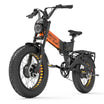
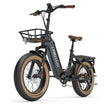


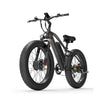
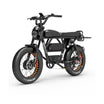
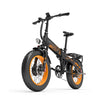
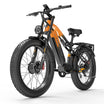
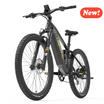

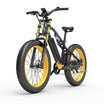
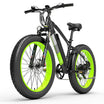
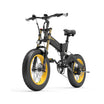
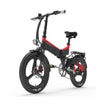
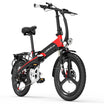
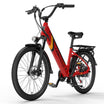


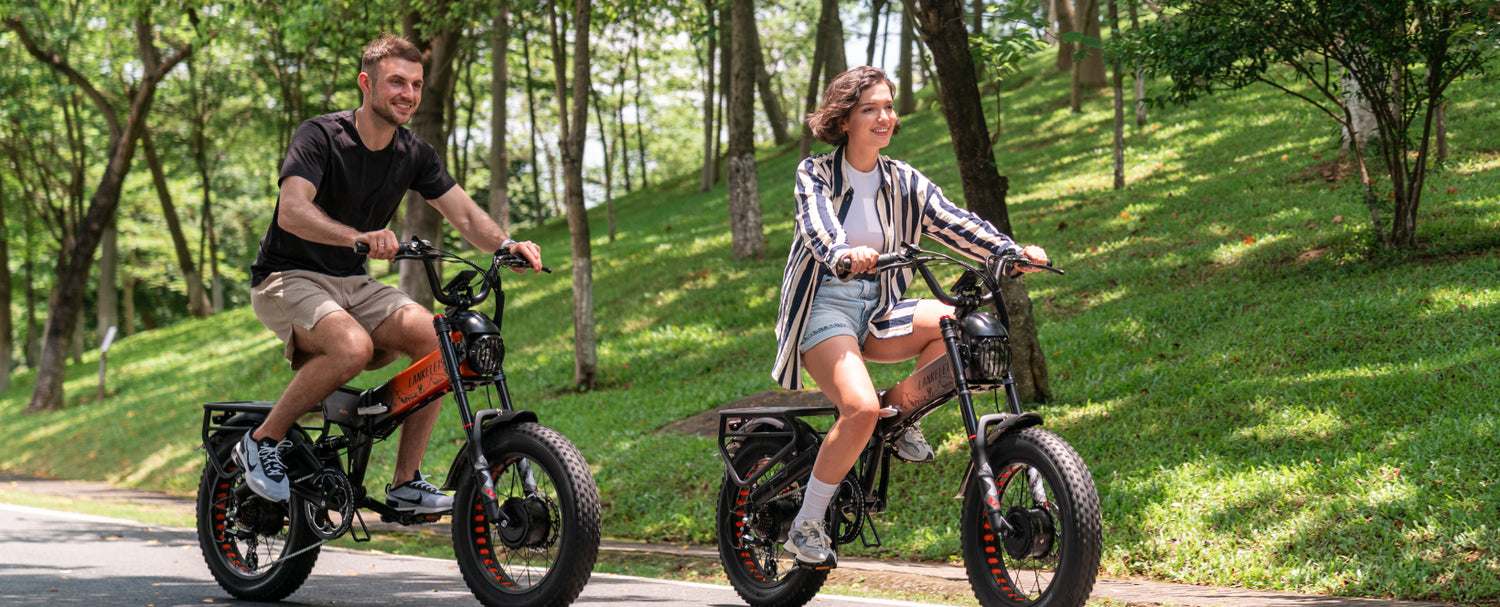
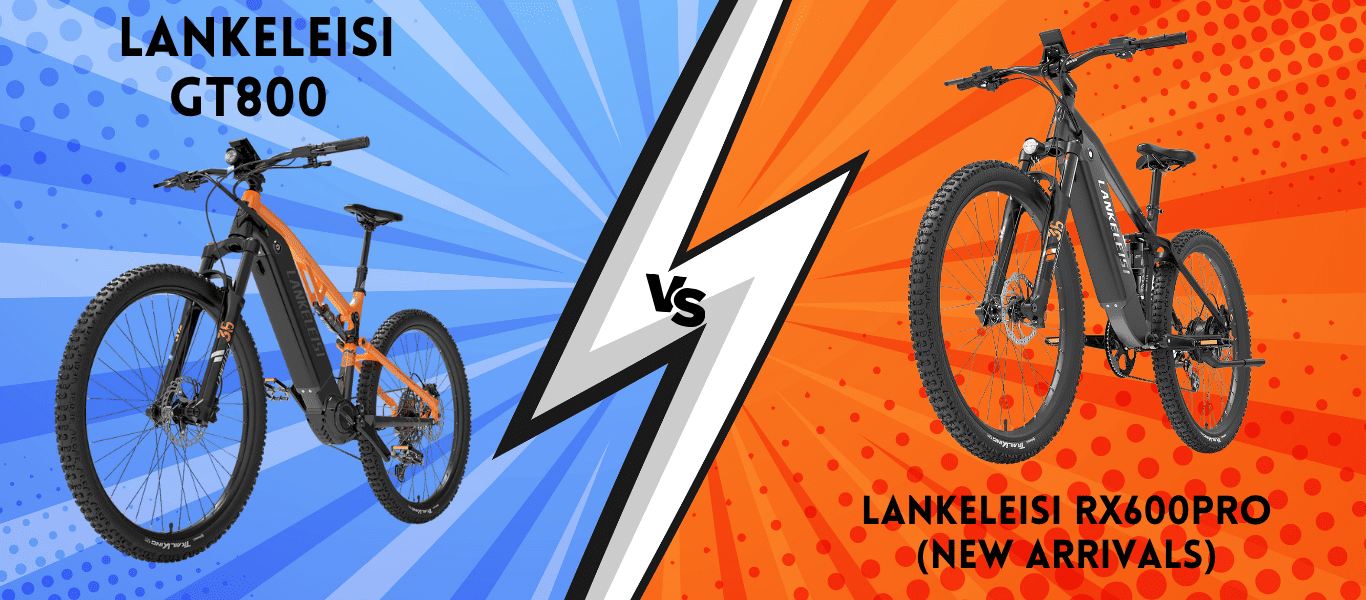
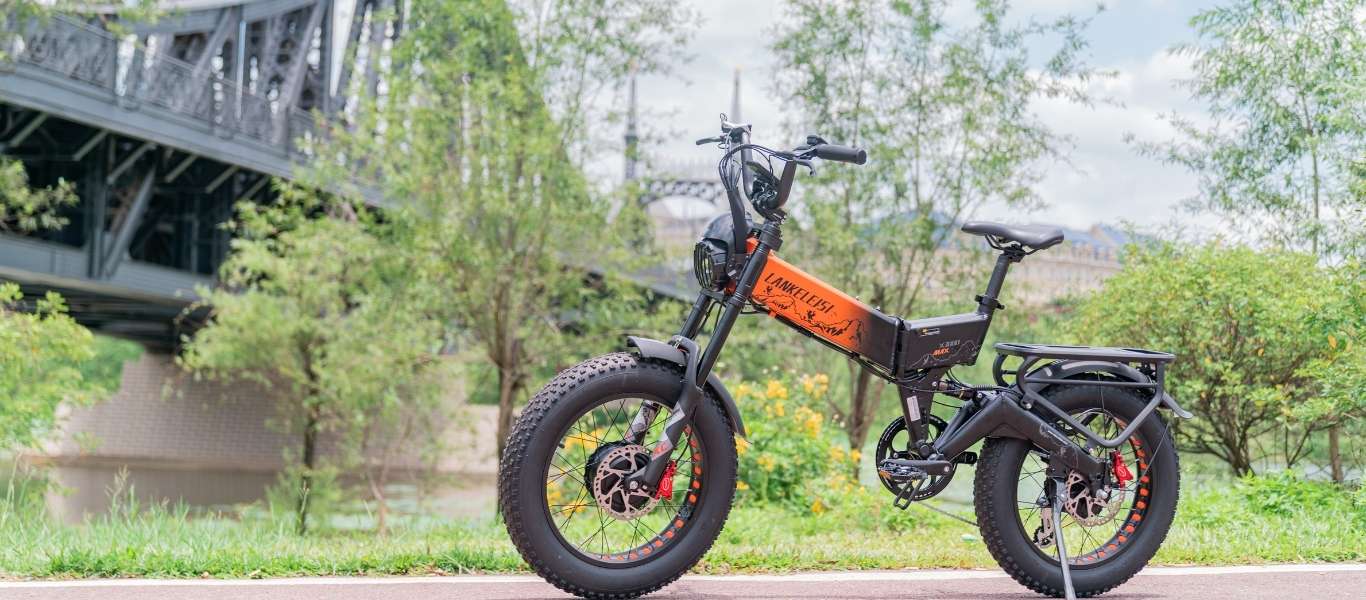
Leave a comment
This site is protected by hCaptcha and the hCaptcha Privacy Policy and Terms of Service apply.